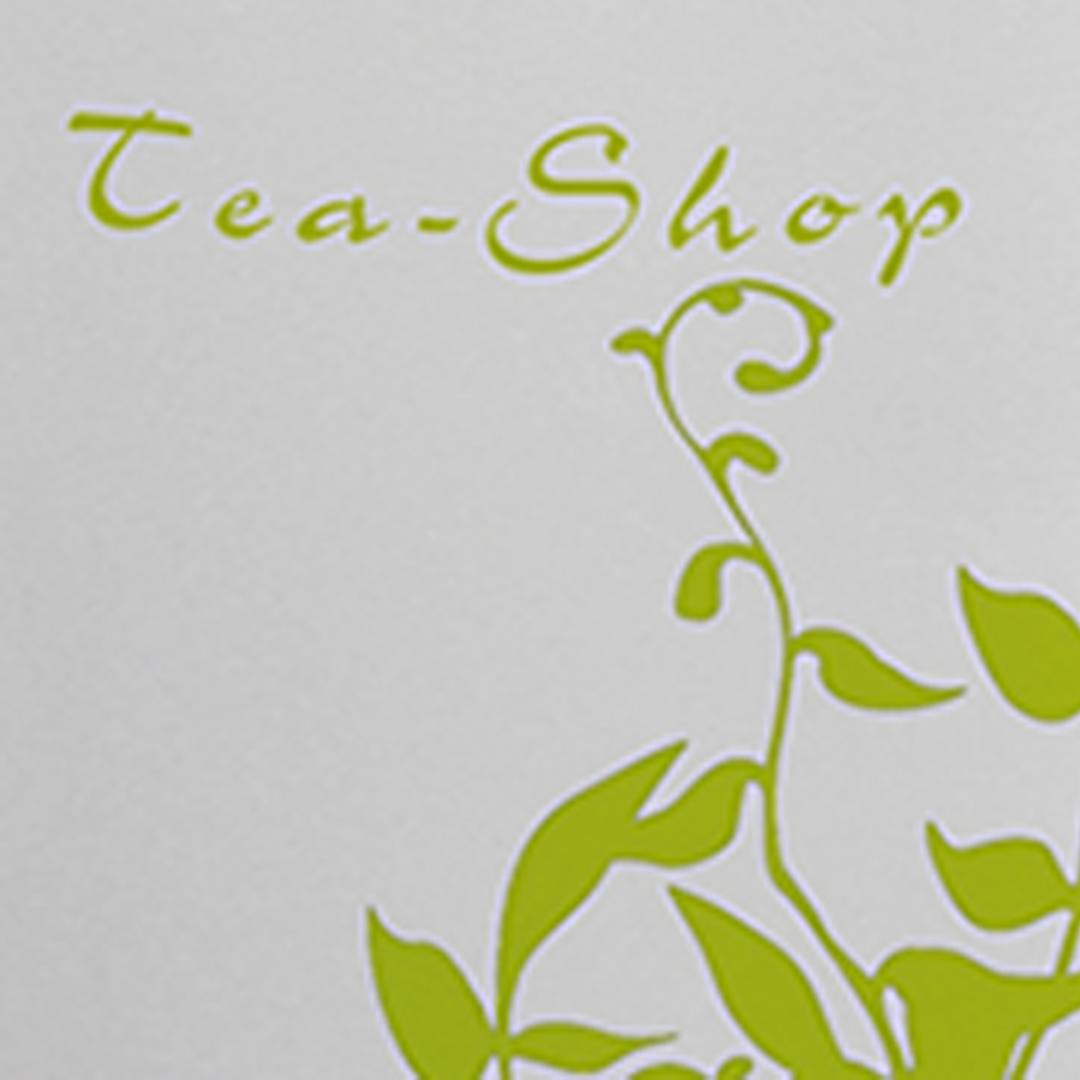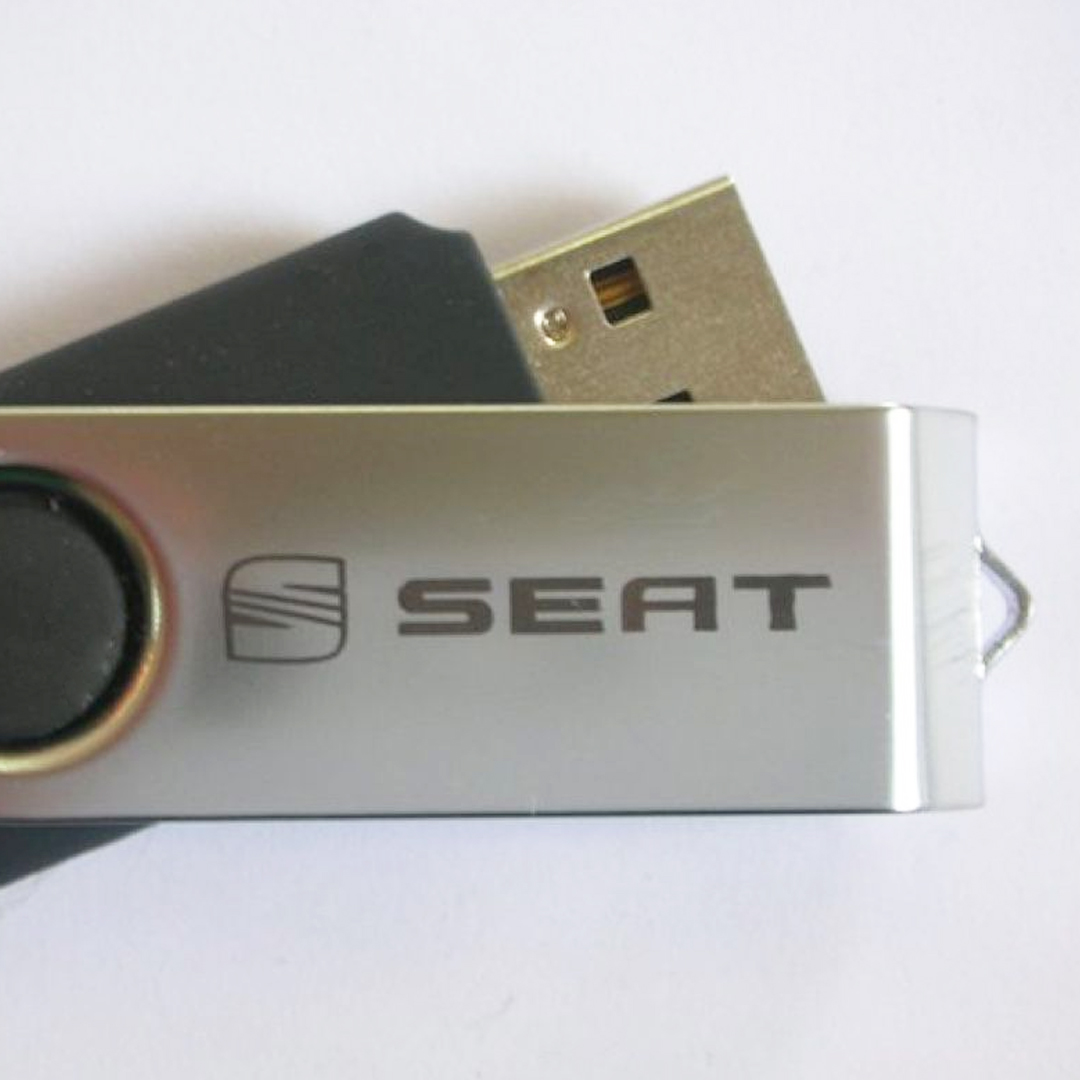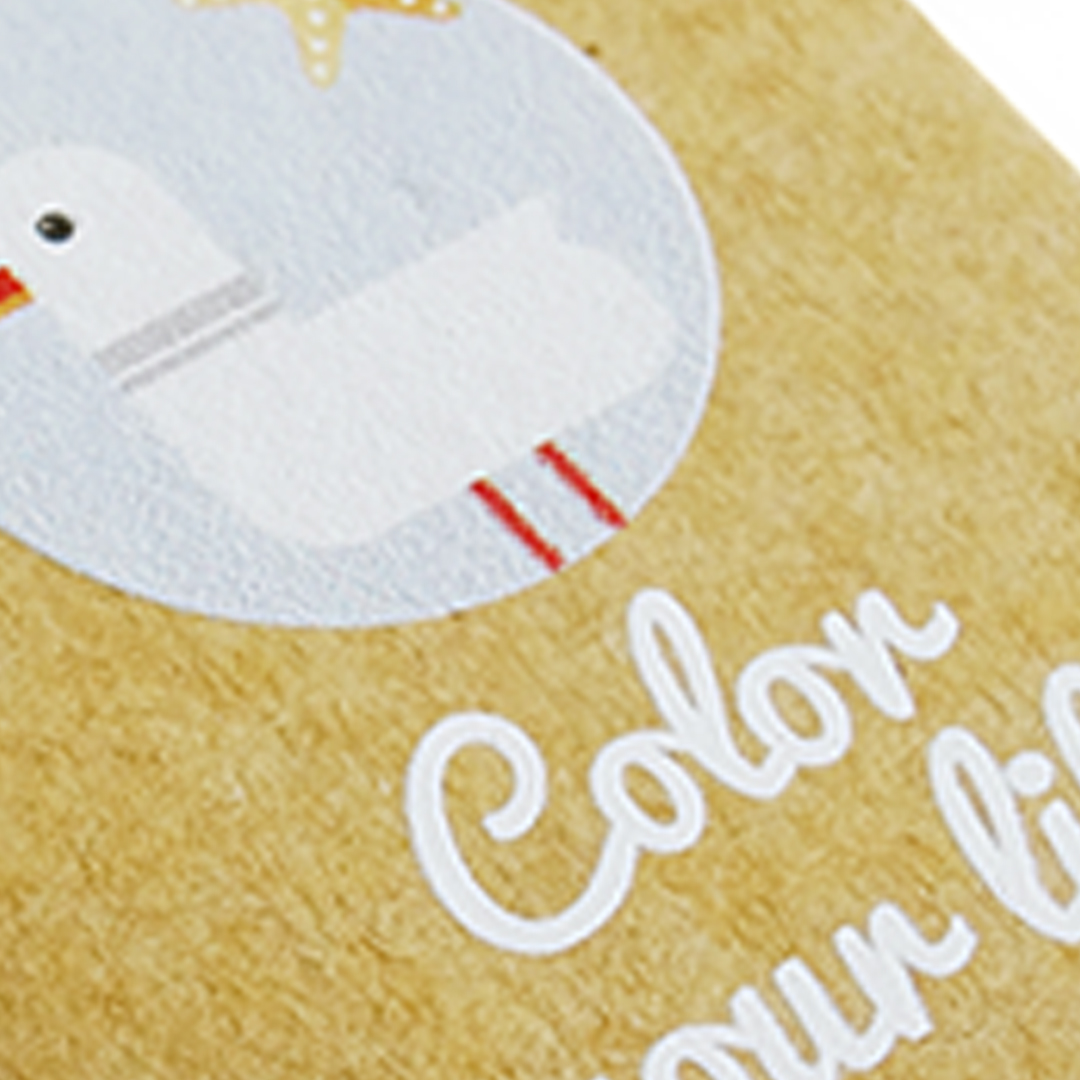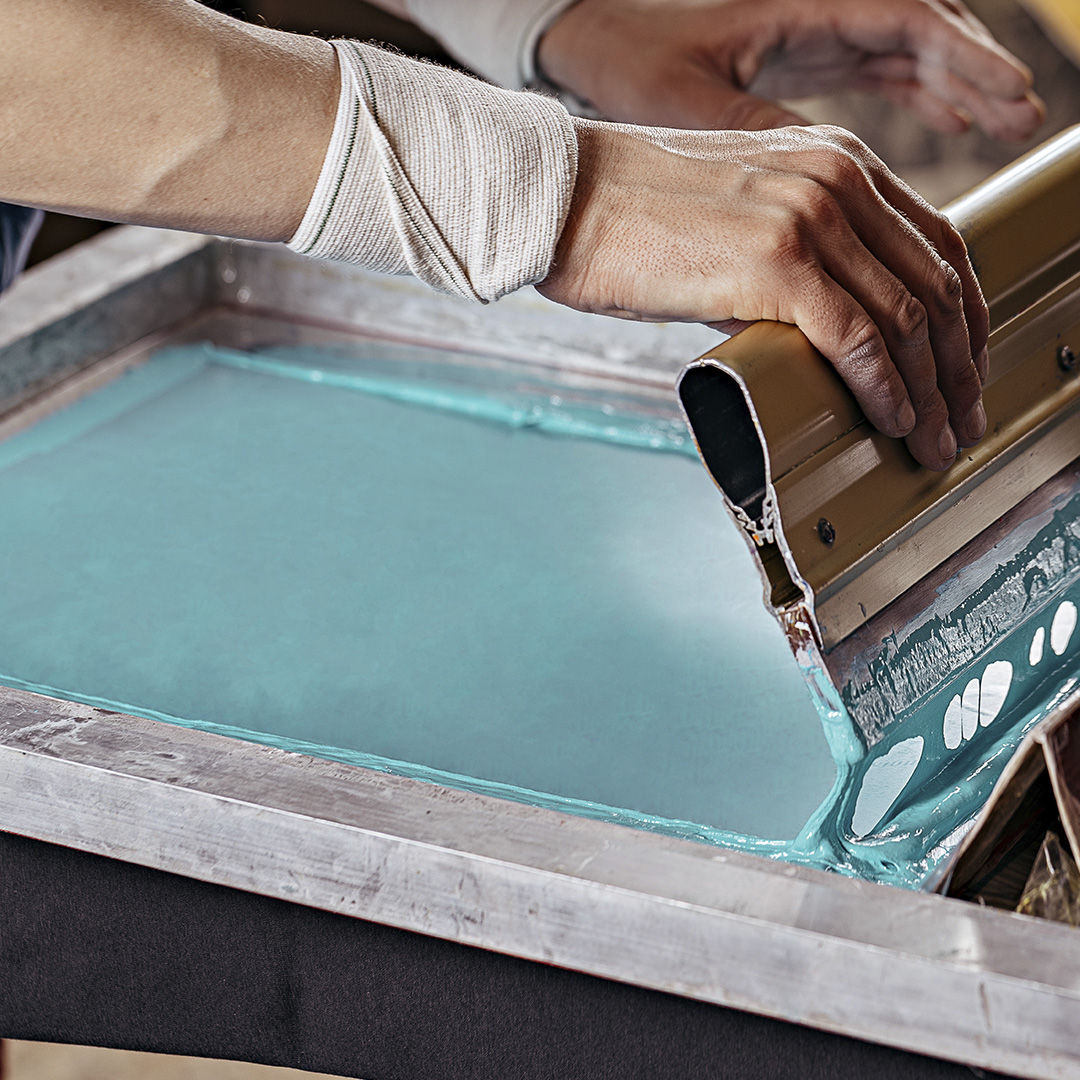Van Gogh 500 lunchbox has a capacity of 520ml (480ml net) and is made of borosilicate glass and bamboo. A bamboo lid with a set of cutlery in the same material, all secured with an elastic strap. It's your green gourmet companion, from salads to pasta, making every meal a planet-friendly delight. Carefully packed inside an individual kraft box.
Size:
17x5,5x12,4
Composition: Borosilicate Glass
Weight: 574 grams
Units per box: 20 units
Box measurements: 36.5 x 20.5 x 55.5 (cm)
Firing
Firing is a technique that uses special oven-baked paints. It's ideal for glass, ceramics, or porcelain, allowing for complex and highly detailed logos. There are two vitrifiable screen printing options: - Low-temperature firing, for customizations of up to 10 colors; - High-temperature firing, for greater durability, for customizations in black and white.
Laser engraving
Laser engraving is one of the most precise and durable marking techniques available. A computer-guided laser beam is projected onto the surface of the product, creating a low-relief design. The result is sharp and elegant. The most suitable materials for this customization technique are metal, wood, or glass. This technique is commonly used on keychains, pens, and USB flash drives.
Digital UV
Digital UV printing is a digital printing technique that uses inks that dry immediately when exposed to UV light. The result is maximum definition, sharpness, quality, and durability of the marking, which is resistant to sunlight and water. It can also be combined with varnishes and white inks to achieve striking effects. This marking technique has many printing applications: aluminum, wood, glass, methacrylate, PVC, among others. It is often used in promotional gifts for pens, keychains, rulers, and notepads.
Screen Printing
Screen printing is one of the most widely used techniques, allowing printing of up to six spot colors depending on the product and providing long-lasting and reliable results. This technique is applied to smooth surfaces, achieving high-resolution images. Screen printing involves transferring the design to a screen (polyester or nylon mesh) coated with a photosensitive layer that reacts with ultraviolet light. This light hardens the areas not to be printed, allowing the design to bleed through. This technique is often used on textiles, plastics, wood, or aluminum items such as T-shirts, bags, jerry cans, notepads, backpacks, and caps.











